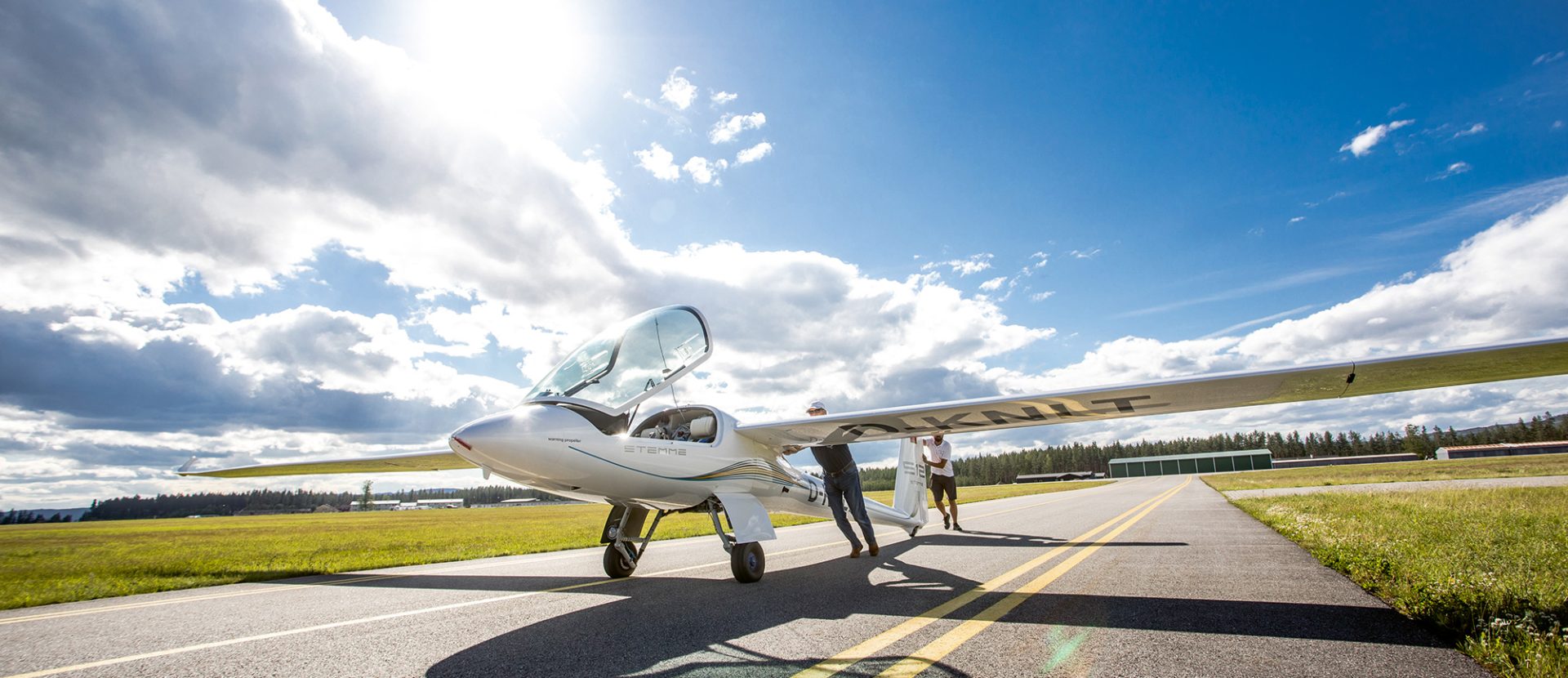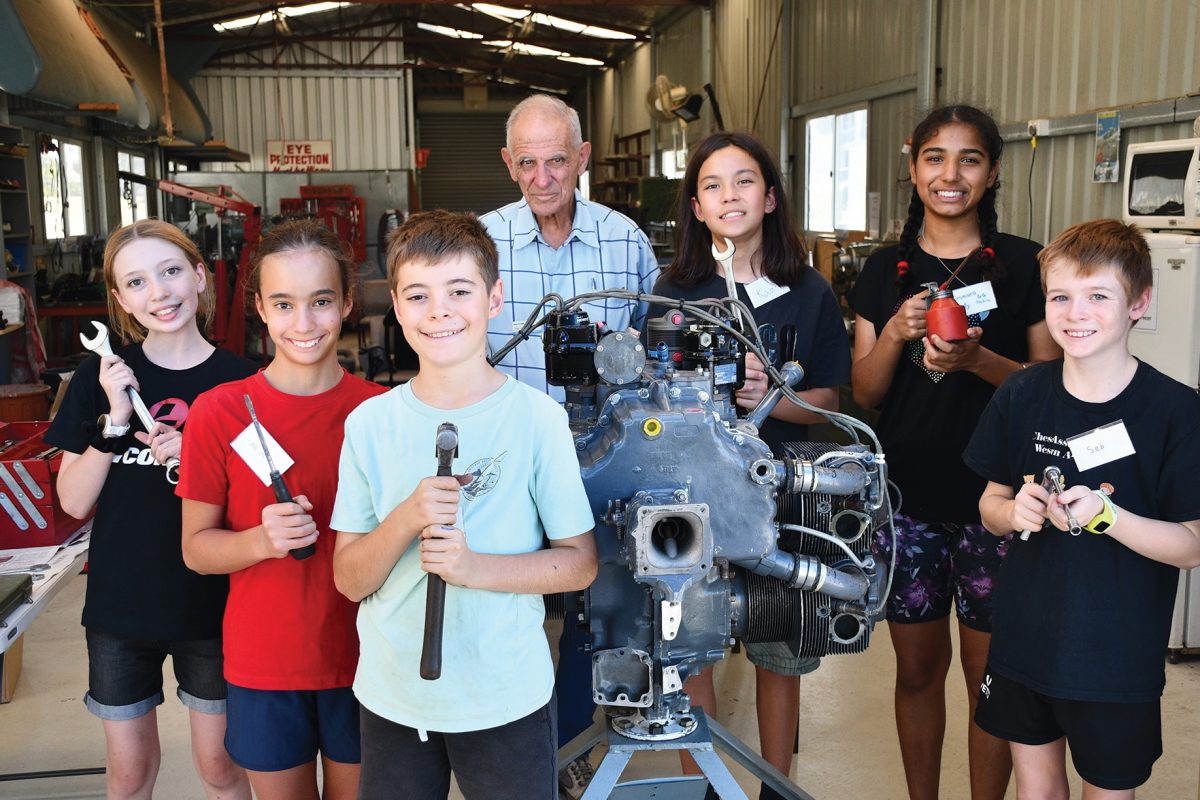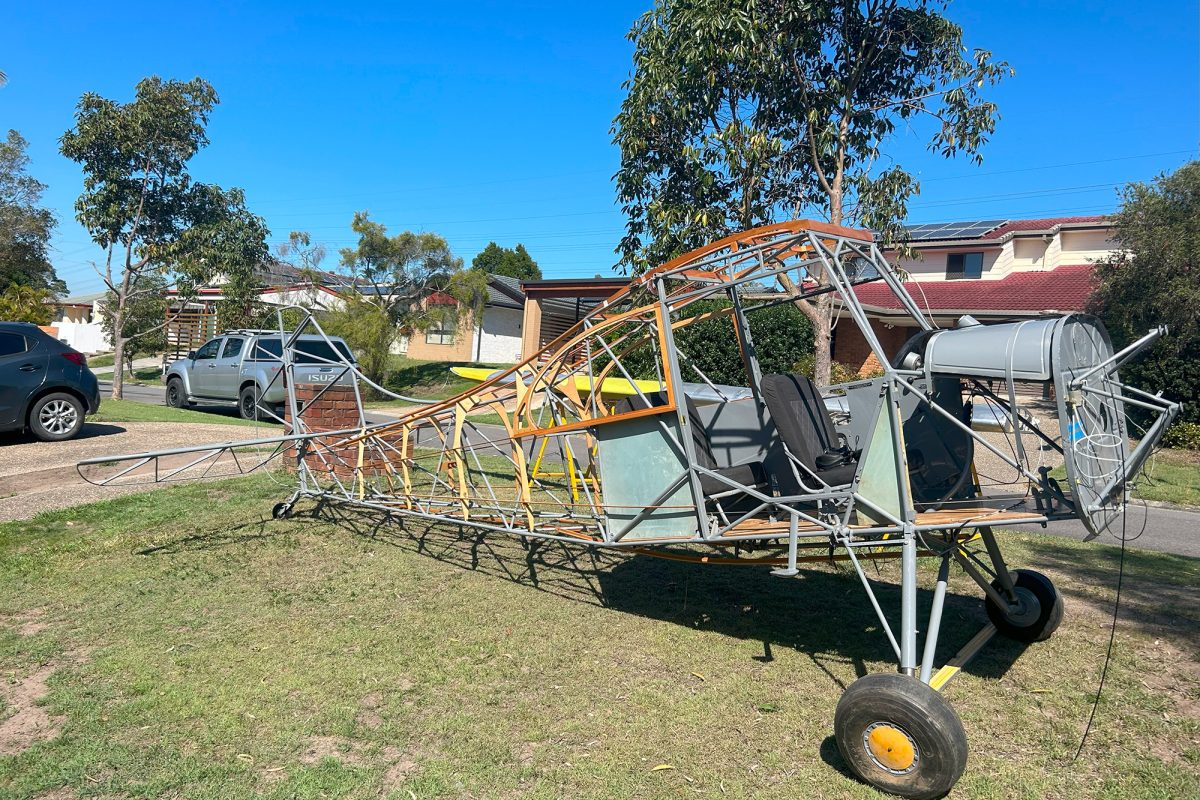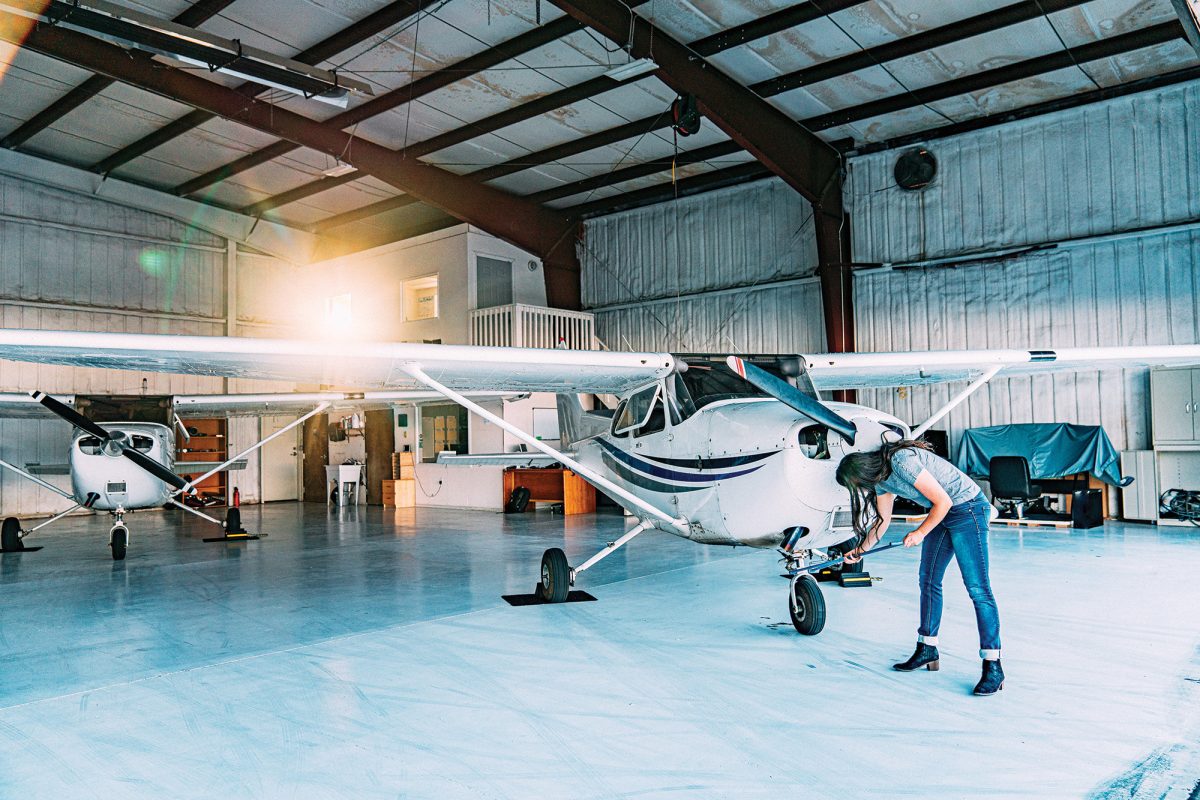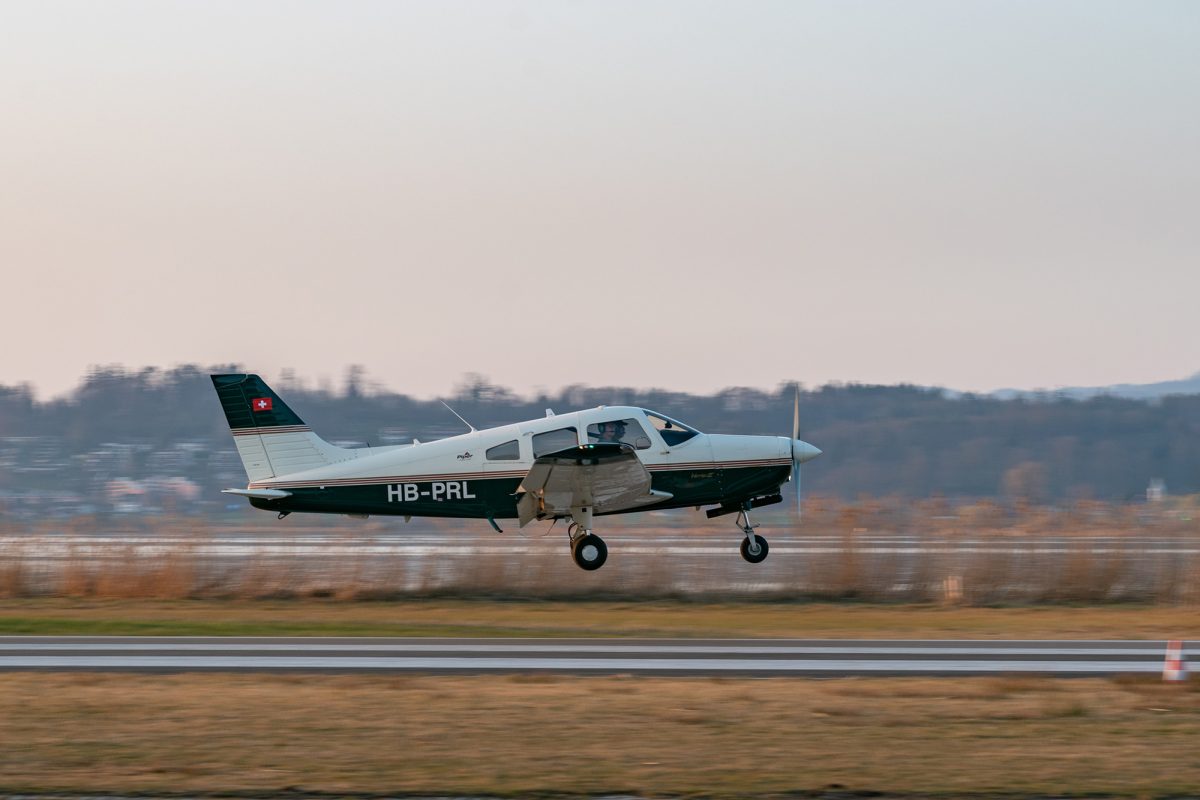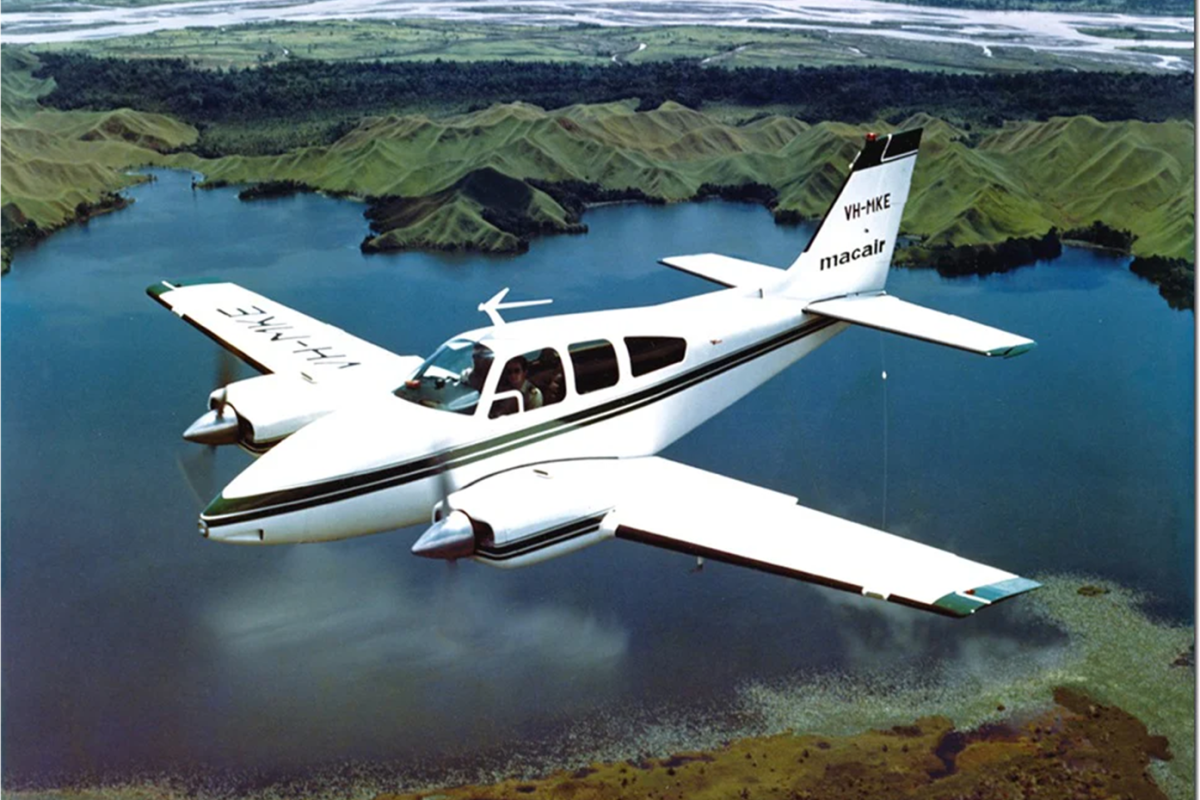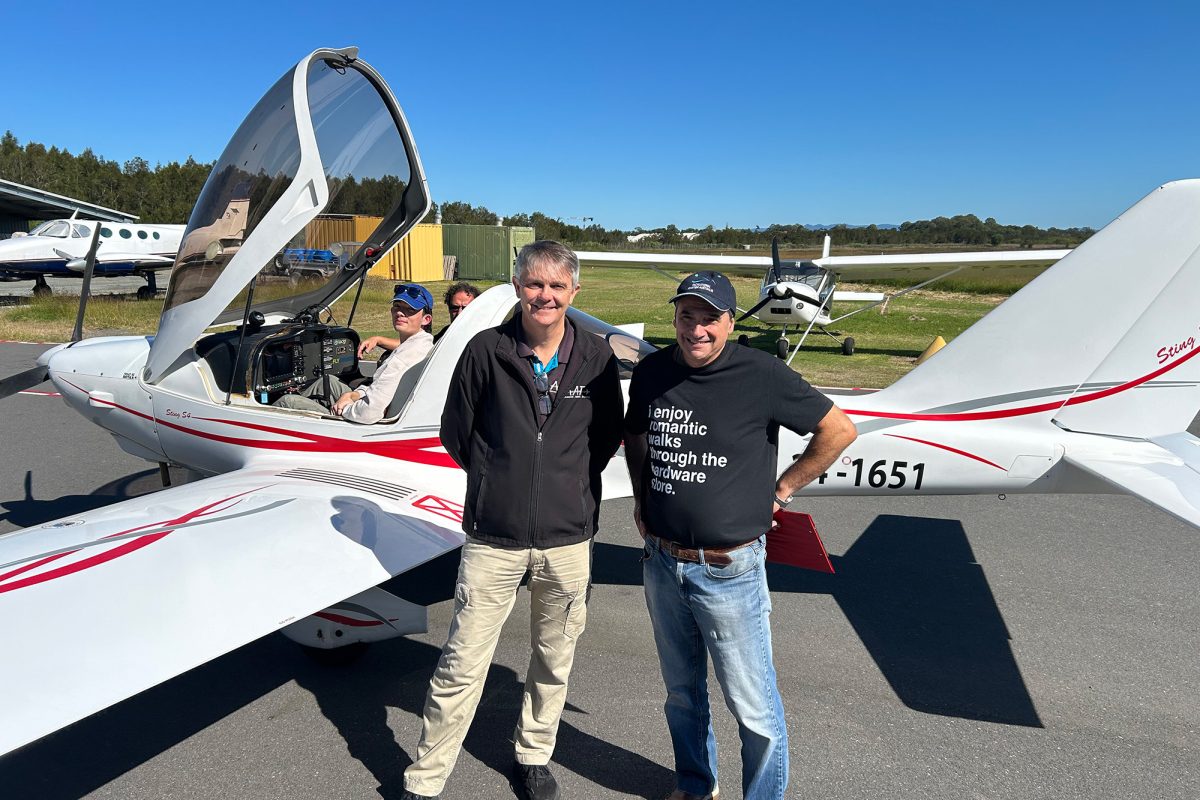When you’ve flown in excess of 1,000km in a single flight with absolutely no means of propulsion, it’s easy to see why gliding is often termed “the purest form of flight”. With nothing but the sound of the wind in your ears as you hunt for thermal columns and other sources of rising air, gliding offers an unusual blend of exhilaration and tranquillity.
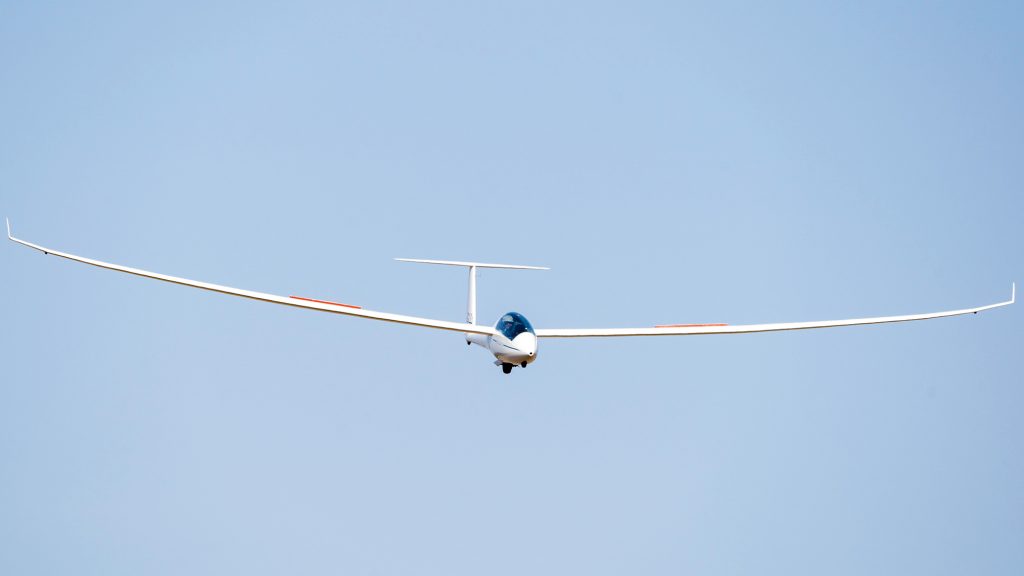
For most powered-pilots, gliding may seem like the little cousin you don’t think of that often. In reality however, gliding is more like powered flight’s wise old
grandfather. Gliders, in some shape or form, have been taking humans into the skies the since Sir George Cayley’s first successful glider left the ground for
275 metres in 1853. Since then, the world of gliding has evolved phenomenally, with modern gliders capable of travelling distances of up to 1,000km and
staying in the air for hours on end.
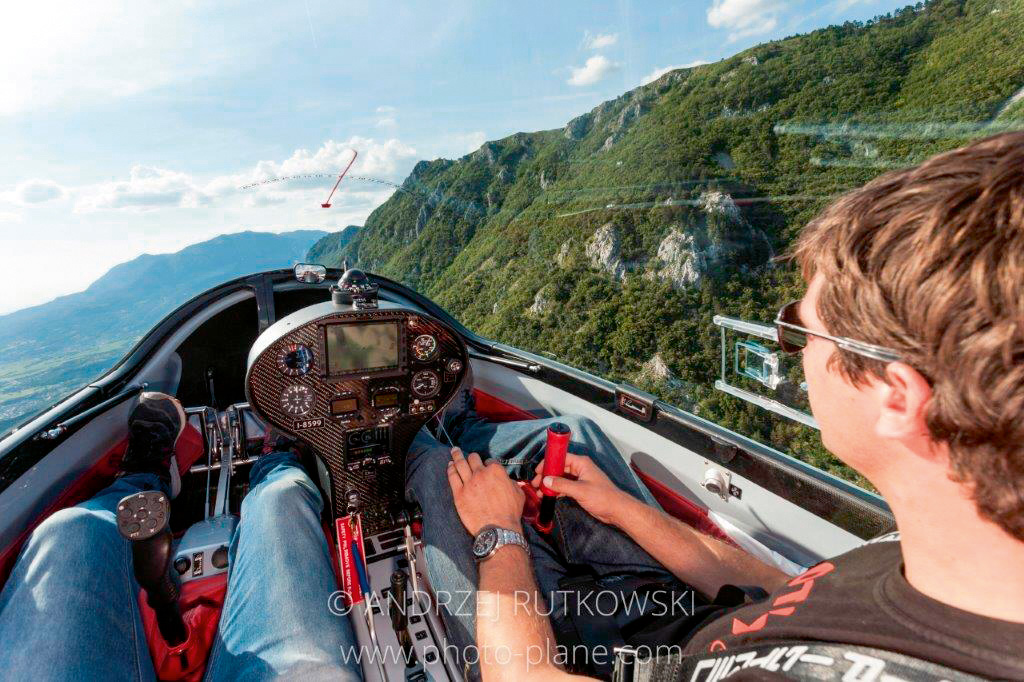
Despite this, gliding is often ignored by powered pilots, largely due to the lack of autonomy involved. Having to be towed into the air and collected upon landing puts
off a lot of pilots who enjoy being able to take to the skies of their own accord. But what if there were a best-of-both-worlds scenario? An aircraft that stayed true to the
“purest form of flight” while giving pilots the ability to operate independently?
For decades, a small but growing community of powered pilots have been venturing into the world of gliding thanks to motor gliders. Equipped with a small auxiliary engine, motor gliders are capable of self-launching, eliminating the need for additional personnel. Once reaching a suitable altitude, the motor can then be switched off, turning the aircraft into a typical glider and enabling pilots to soar on rising air.
There are several popular models of motor gliders available in the market, including the Hoffman H36 Dimona, the Pipistrel Taurus and the Stemme S12, all boasting unique designs meant to tackle the issue of housing an occasional motor that doesn’t adversely affect drag when not in use. The Dimona simply feathers the propeller, whereas the Taurus and S12 feature retractable propellers, housed in the rear fuselage and nose cone respectively.
Sport Pilot Magazine contacted motor glider pilots to understand just what it is that makes motor gliding the perfect balance between powered and unpowered flight. They spoke of the ultimate freedom they found, enabling them to fly “on safari” throughout Australia without the need for a gliding club to provide a launch. Adventure and exploration are at the forefront of these pilots’ minds, as they set out to regularly travel over 300nm on as little as 15 litres of fuel. Using the engine only for take-off and the occasional burst to cross a “dead” area of poor soaring conditions, motor gliders enable a full-fledged gliding experience with all the autonomy of a powered aircraft.
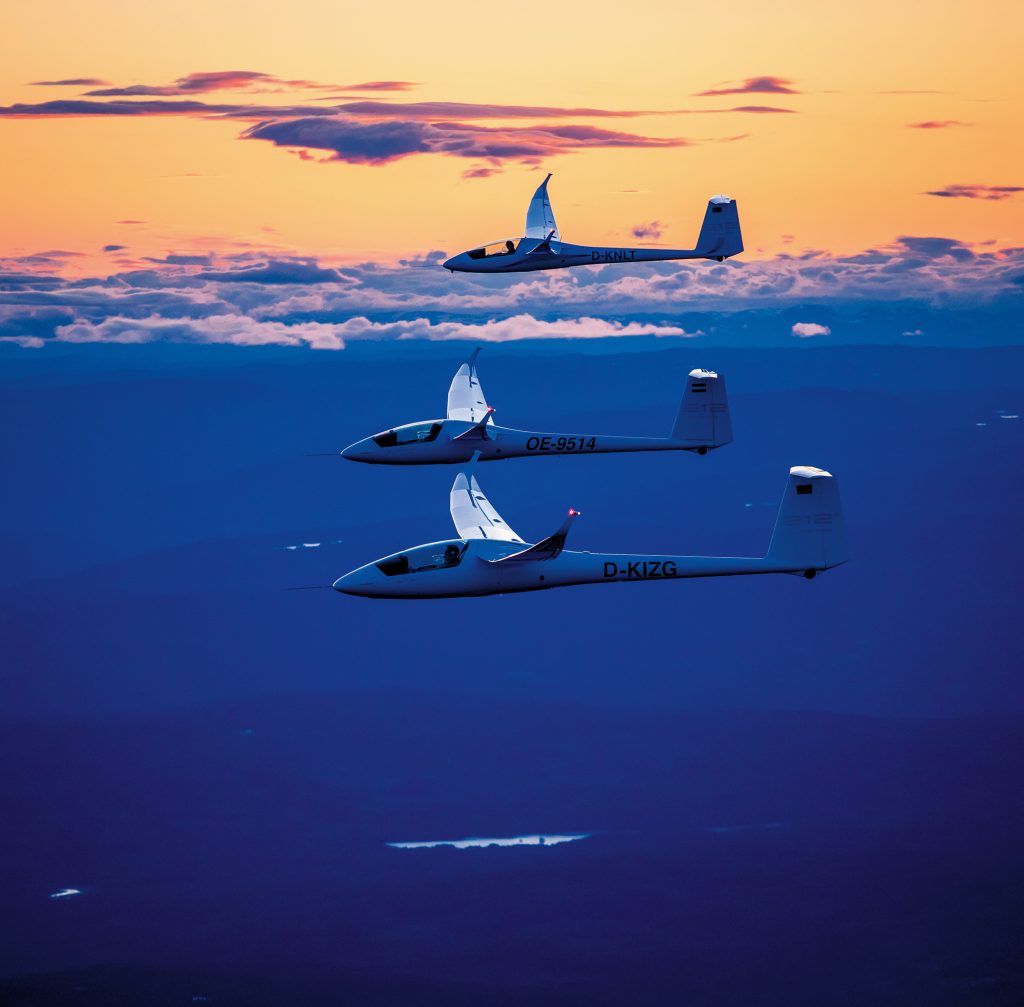
With less instrumentation – and a lot less engine – gliding presents a true test of a pilot’s skills. Precision coordination of stick and rudder and the ability to instinctively gauge glide angles, airspeed and weather conditions all become vitally important when propulsion is no longer in play. One motor glider pilot described the thrill of gliding and the incredible sense of accomplishment a successful flight brings. “Glider pilots have a very thorough and fundamental understanding of the weather systems in which they fly…you are trained not to focus inside the cockpit, but to have a real appreciation of the threedimensional world outside,” she said. This heightened awareness of a vast array of natural forces and the need to think like a creature that flies naturally of its own accord is what draws many pilots to this fascinating sport.
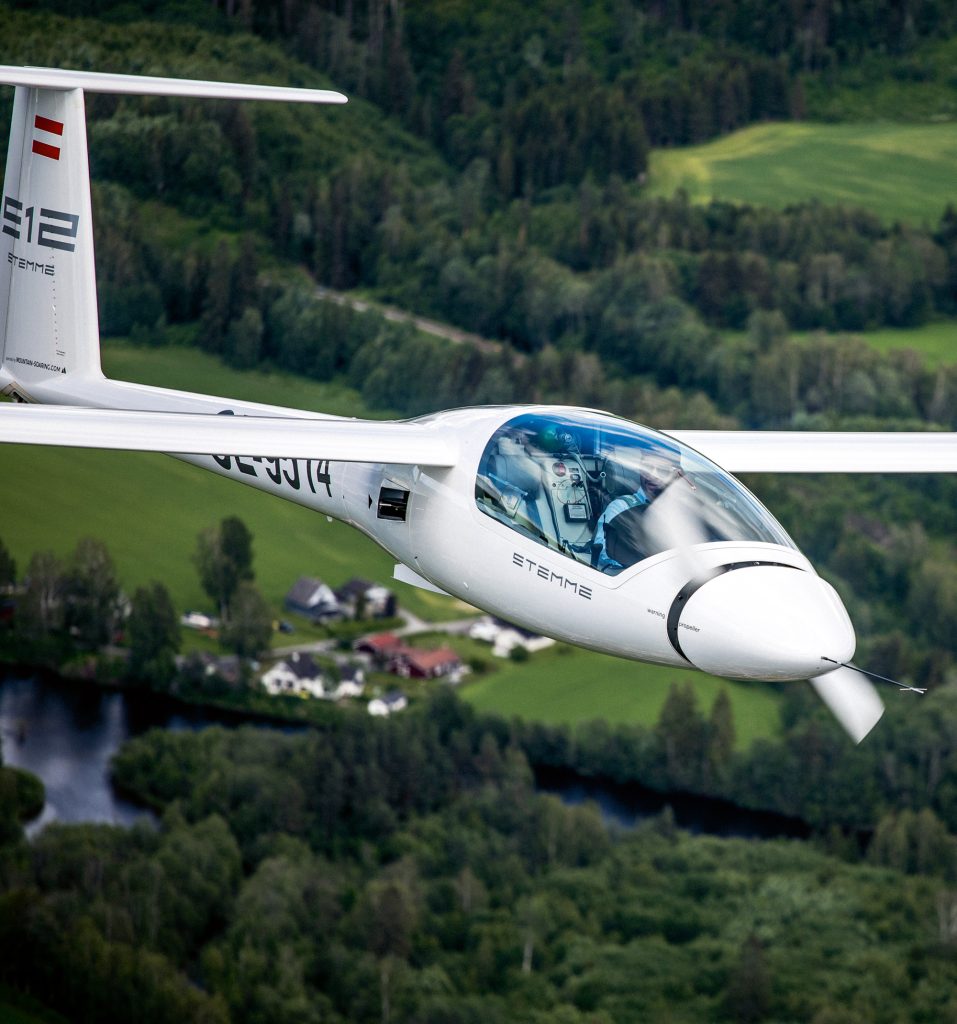
Motor gliders, like regular gliders, are administered and regulated by the Gliding Federation of Australia (GFA). One of the biggest advocates for motor gliders is GFA President himself, Peter Cesco, who told us “I can fly a thousand kilometres on about three and a half litres of fuel, and it’s just so much fun!”. Motor gliding truly is the best of both worlds, mixing the thrill of gliding with the autonomy of powered flight.
If you’re looking for a challenge, wanting to try something new or simply want to improve your skills as a pilot, gliding presents the perfect opportunity for you. Head to glidingaustralia.org to find your nearest club and book a trial lesson today!
